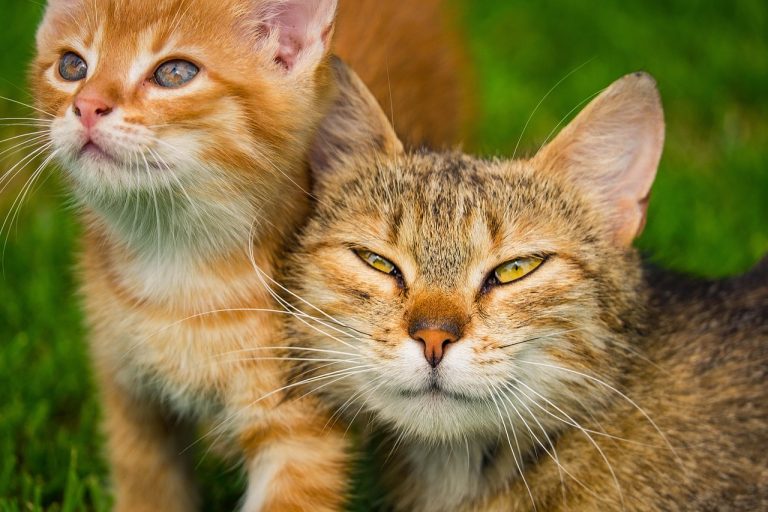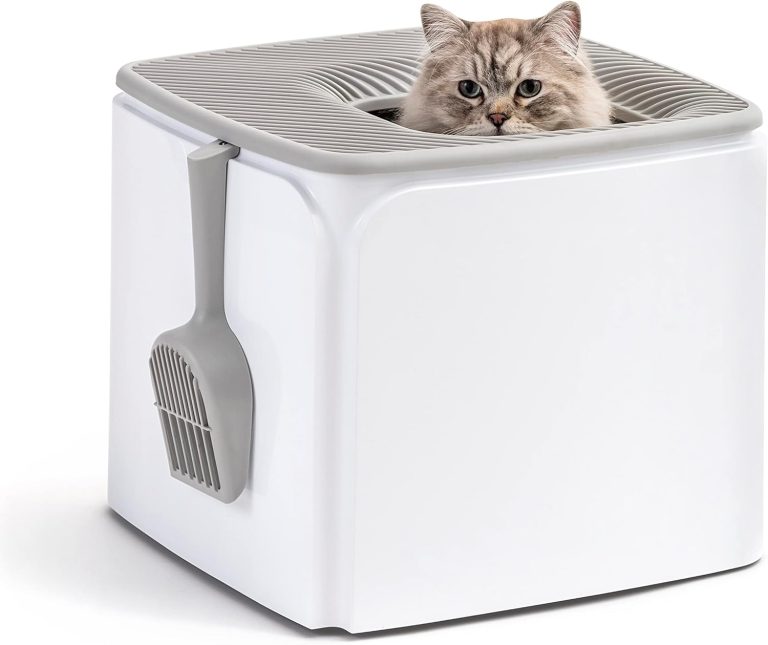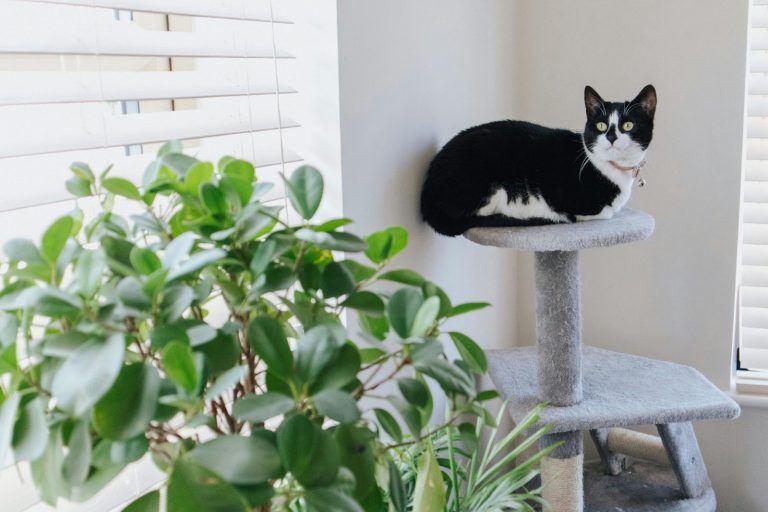What Makes White Cats So Special?
White cats have many fascinating myths and legends associated with them. They symbolize rebirth, happiness, prosperity, healing and more.
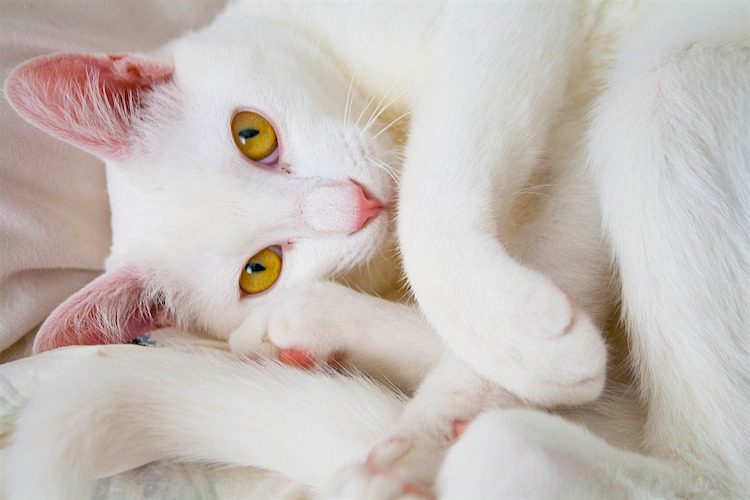
Do a quick search online, and you’ll find lots of vintage photos and illustrations showing women cuddling with white cats — the whiter and fluffier, the better.
The message is clear: These white cats, with their exquisite faces and glistening coats, underscore the women’s femininity and sensuality.
And that’s only one of the many meanings associated with white cats.
This time of year, with Halloween approaching, our thoughts naturally turn toward black cats, who have a longtime reputation as witches’ familiars.
But white cats have a mystique all their own, as history and legend show us.
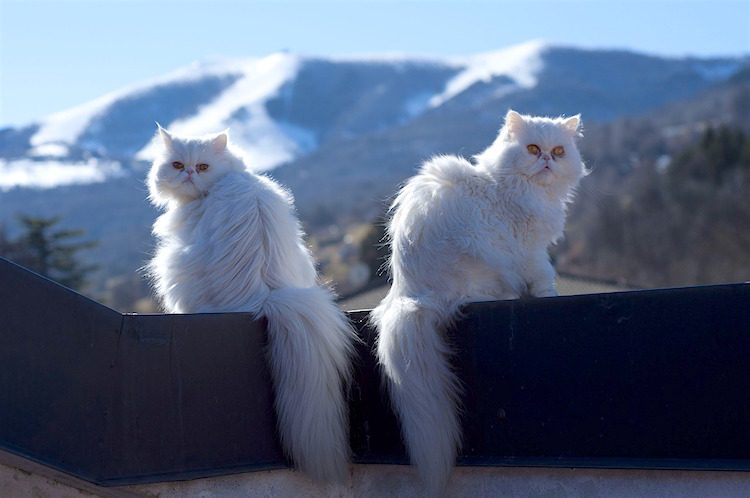

Don’t leave your pet’s safety to chance
Sign up for Petful recall alerts today.

What Makes White Cats So Special?
Freya, the Norse goddess of love, fertility, divination and magic, drove a chariot drawn by 2 giant cats. The cats are usually described as being white, and farmers hoping for a good harvest would leave offerings for them.
Ceridwen, the goddess of wisdom and Wales’ answer to Athena, employed white cats to carry out her bidding on earth.
Their color — or lack thereof — has inevitably led to white cats being associated with purity, as the legend of the Birman cat shows.
The legend actually starts with a white cat, Sinh — or, rather, with Sinh and 99 other yellow-eyed white temple cats.
According to the Mahabodhi Birmans website, these cats “played an important part in the religion”: The priests’ souls, it was believed, transmuted into white cats when they died.
Sinh, so the story goes, helped defend the temple from robbers trying to steal the golden statue of a goddess, but it was all too much for his master, who suffered a heart attack.
The loyal white cat stayed by the dying priest’s side, staring at the statue until most of his coat took on its warm golden coloring and his eyes turned sapphire-blue.
Only his paws, which were resting on his master’s body, stayed white. Sinh died, but the other temple cats took on his coloring, right down to his white paws.

White Cats = Purity
This connection between white cats and purity has lasted throughout the centuries.
A 19th-century drawing by J.J. Grandville shows an angel cat and a devil cat fighting over the soul of little black-and-white cat. The angel cat is white with beautiful feathery wings, while the devil cat is black with huge bat’s wings.
White cats bring good luck in Asia and the Near East, according to historian Jeff Katz.
The white maneki-neko (“beckoning cat”) statues seen in some Asian shops and restaurants “are believed to be very lucky, representing ‘good things to come,’” Katz says.
Stories About White Cats Through the Ages
The white cat sashays in and out of literature and legend.
Its first appearance is in “Pangur Ban,” a poem written by a 9th-century Irish monk.
The poem celebrates their relationship: Pangur Ban (“ban” means “white” in Old Irish), the monastery cat, provides his master with company, hunting mice while the man is “hunting words” late at night.
Here are some other stories about white cats:
- The “most beautiful white cat that ever was” wins the heart of a prince in The White Cat, an old French fairytale retold by Countess Marie-Catherine d’Aulnoy in 1698. The princess cat is very wise, “composes verses and sonnets” and plays chess. She also helps the prince gain a kingdom and love. A female Puss in Boots, she beguiles us almost as much as she does the hero.
- A less charming variation of The White Cat story occurs in La Chatte de la Croix, a folktale in which a young man starts to notice some disturbing parallels between his young wife and a beautiful, lovesick white cat.
- In J. Sheridan LeFanu’s The White Cat of Drumgunniol, the white cat is a messenger of death, the most famous feline phantom on record and the basis, many think, for Lewis Carroll’s Cheshire Cat.
- Happily, that bad white cat is the exception to the rule. The friendly, if disheveled, White Queen in Carroll’s Through the Looking-Glass morphs into Alice’s white kitten, Snowdrop, at the end. (The snarkier Red Queen turns out to be her black littermate, Kitty.)
- Peter, the lonely boy in Paul Gallico’s The Abandoned, suddenly and mysteriously turns into a full-grown white cat who has a series of adventures with Jennie, a talkative London stray.
- In Henry Slesar’s My Father the Cat, the narrator’s father is Dauphin, an unusually large and intelligent Angora who speaks French, English and Italian.
Are White Cats Rare?
Yes, they are uncommon. White cats make up only 5% of the general cat population.
But they have captured the imagination of so many. And, for the most part, the things they symbolize are positive — rebirth, happiness, money, prosperity, healing, spirituality and even tolerance.
Who wouldn’t want a white cat by their side?

